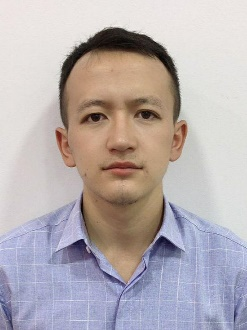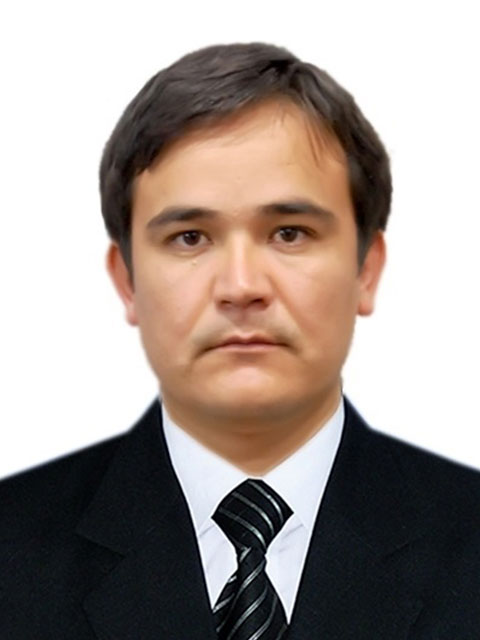

- Электронная библиотека
- E-university
- Дистанционное обучение
- Расписание занятий
- Иностранному студенту
- Стипендии и гранты
- Центр оказания услуг студентам
- Street Law
- Академическая мобильность
- Зарубежные профессора
- Тренинги и майнер курсы
- Клубы и кружки, мастер-классы и фестивали
- Задать вопрос
- Способы борьбы с коррупцией
- Образовательные гранты
- Toshkent davlat yuridik universitetida kiyinish tartibi
Студентам
Рауфов Миразиз Мустафакулович
Darajasiz
Статьи
ПРЕОБРАЗОВАНИЯ, ИСПОЛЬЗУЕМЫЕ В ПЕРЕВОДЕ АНГЛИЙСКОЙ, ФРАНЦУЗСКОЙ И УЗБЕКСКОЙ ПОЭЗИИ
Oʻzbek tiliga tarjima qilingan koʻpchilik asarlar bilvosita (koʻpincha rus tili orqali) tarjima qilingan. Bunda asliyatdagi ma’no va mazmun yoʻqolish ehtimoli mavjud. Bugungi kunda she’riyat tarjimasi va unda uchraydigan elementlar : qofiya, radif, raviy, turoqlar, hojib va boshqa unsurlarni tarjima tiliga oʻtkazish juda ham qiyin masala hisoblanadi. Ularni tarjima jarayonida qanday berish kerakligi, asliyatdagi qofiya, ma’no va mazmunni qanday saqlash kerakligi juda ham muammoli vaziyatni yuzaga keltiradi. Masalan, milliylikka xos soʻzlar kelib qolganida qanday qilib uni she’riy tarjimada aks ettirish tarjimonni biroz chuqur oʻyga toldiradi. Shuningdek, tanlangan mavzuning dolzarbligi, bir tomondan, tarjima qilinayotgan tilning, xususan, u tilda yaratilayotgan turli badiiy asarlarning ijtimoiy hayotimizga kirib kelishi, axborot almashinuvida tutgan oʻrni, fan va taxnika, adabiyot va san’at rivojidagi salmoqli hissasi bilan belgilansa, ikkinchi tomondan esa oʻzbek tilining mavjud imkoniyatlarini ishga solish, bu asosda toʻgʻridan toʻgʻri asl nusxadan tarjimani amalga oshirish va vositachi til xizmati harakatini oʻzbek tili doirasida minimal darajaga tushirish, vazn, qofiya, ritm, turoq, raviy va hokazolarni ta’minlanishini yuzaga kelishi bilan izohlanadi.
Типологические особенности и имиджевые системы романов эльзы триолетт
This article is about typological features and the figurative system of novels by the famous French writer Elsa Triolet. This context covers the novels “Good evening, Teresa”, “The White Horse”, “Great-Never”, “Listen-Look”.
ОДНОВРЕМЕННЫЙ ПЕРЕВОД КАК СПЕЦИАЛЬНАЯ ДЕЯТЕЛЬНОСТЬ ПЕРЕВОДЧИКА. ЗА И ПРОТИВ ОДНОВРЕМЕННОГО ПЕРЕВОДА
This article is about simultaneous interpreting, one of the most complex activities of interpreting. In this article, the authors give the special characteristics of simultaneous interpreting process, which includes using of speech compression and prediction principles in simultaneous translation, and analyses strong and weak points of this kind of interpreting activity.
Элементарные преобразования в синхронном переводе
This article is devoted to the transformations that occur in the process of simultaneous translation and their types. Simultaneous translation is the most difficult of the translation types. In the translation process, translating every word into a translator is a huge challenge. Because sixty different processes take place in the translator’s brain at the same time. It will not be possible to remember every word. A simultaneous interpreter conveys the meaning of these words to the audience. In the translation process, it uses the same types of transformation.











